Going to work is not as good as planting wild vegetables to make money. Analysis on the main points and prospects of planting wild vegetables
With the continuous improvement of people's living standards, wild vegetables, which used to symbolize a hard life, are now favored by people, such as cabbage, Artemisia annua, shepherd's purse, bitter herb and other wild vegetables, which are not only popular on the dinner table of citizens. Hotel restaurants often list them as the first choice of vegetables. Wild vegetables, which can be seen everywhere in the past, have now become a big market that urgently needs to be developed.

The inspirational teacup of the editor
Wild vegetables, once inconspicuous, have become the favorite of many families. The reason why wild vegetables are so popular is that, first, they are rich in nutrition, can prevent and cure diseases, and have better health care functions; second, because wild vegetables have strong disease resistance and insect resistance, they seldom use chemical fertilizers and pesticides in the process of planting. It maintains the characteristics of pollution-free and pure quality of wild vegetables; third, it conforms to the consumption tide of returning to nature quietly rising in the city. Wild vegetables can be directly listed as green pollution-free vegetables, it not only caters to people's fresh psychology, but also meets the requirements of people to eat "relaxed vegetables". Today, I will talk to you about the main points and prospects of planting wild vegetables.
I. the main points of planting wild vegetables
First, the cultivation of wild vegetables can be carried out all the year round, depending on the season and the characteristics of wild vegetables. Winter warm shed can be used in cold season, arched shed or open field cultivation can be used in spring and autumn, and wild vegetables which do not like strong light in summer should be cultivated with sunshade net.
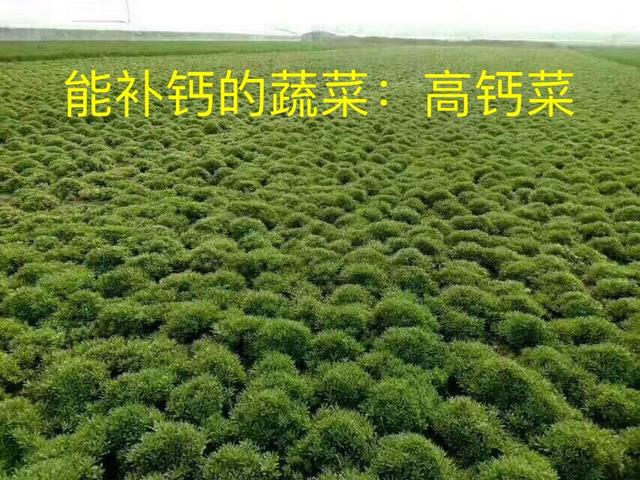
Second, most wild vegetables take tender stems, leaves or bolts as products, and some also use white, fat and tender fleshy roots for consumption. Therefore, on the basis of applying sufficient base fertilizer, it is necessary to dig the loose soil deeply. Topdressing should be based on nitrogen fertilizer, combined with foliar spraying of potassium dihydrogen phosphate, urea and zinc sulfate solution to make the leaves thicker and brighter and improve the quality of the products.
Third, most wild vegetables have strong resistance and adaptability, and their roots are well developed, but some are well-developed fleshy roots. Therefore, the cultivation of wild vegetables is still better to loose and fertile sandy soil, to avoid stagnant water in the field, so that drought can be irrigated and waterlogging can be drained.
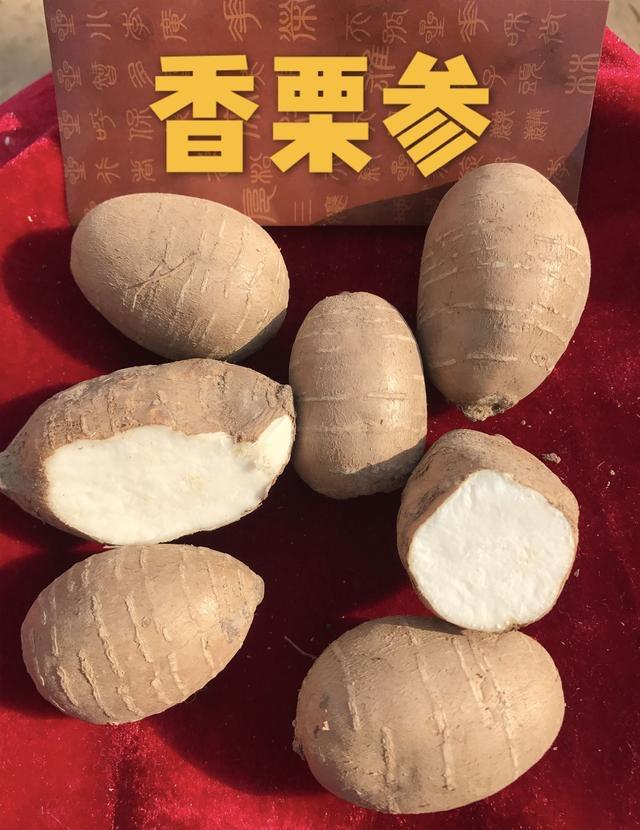
Chestnut ginseng like sandy soil
Fourth, do not use pesticides, in order to ensure that wild vegetables are natural and green pollution-free, generally do not apply pesticides.
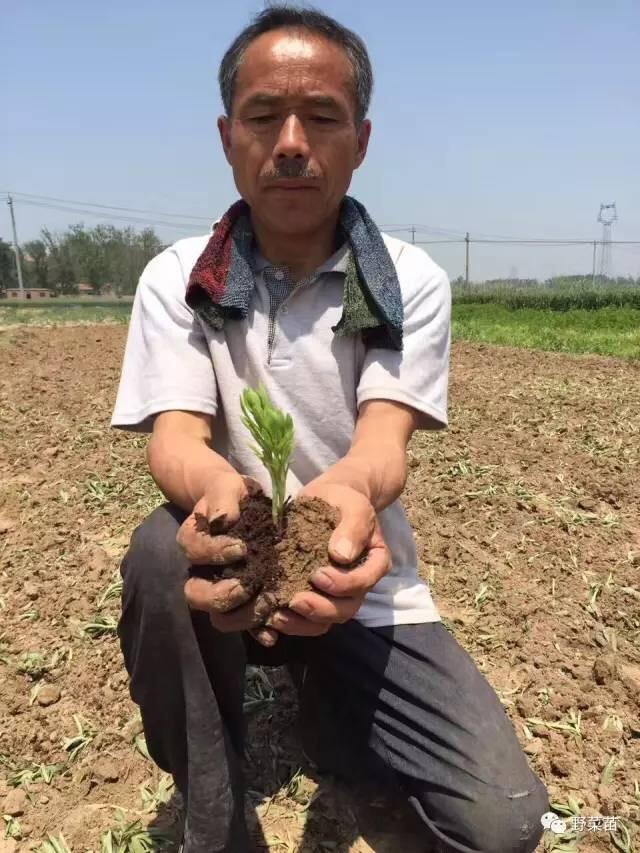
Fifth, wild vegetables are propagated by seeds, such as bitter herb, shepherd's purse, purslane, gray vegetable, ginseng, dandelion and so on. Some wild vegetables have developed perennial roots, which can be propagated separately, such as Chinese wolfberry, mint and so on. Some small shrubs can also be propagated by annual branches, such as rooting powder.
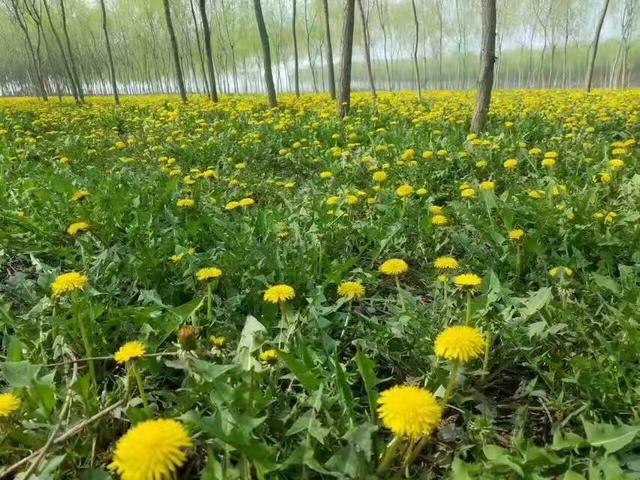
Sixth, you can buy some wild vegetable seeds by yourself. scientific research departments have bred in batches and can buy them. For example, the vegetable and Flower Research Institute of the Chinese Academy of Agricultural Sciences has mastered a considerable number of wild vegetable provenances. Some local wild vegetables that have not yet been mass-bred have to be collected or bred in the wild or in the field by themselves.
Matters needing attention in eating wild vegetables
1. Don't eat wild vegetables you don't know. Do not eat wild vegetables that are prone to misunderstanding, so as to avoid poisoning.
2. Wild vegetables should be fresh. The time between washing and cutting and cooking in the pot should not be too long to avoid the loss of vitamins and inorganic salts.
3. Wild vegetables should pay attention to cooking methods. The cooking of wild vegetables pays attention to keeping its "game", which can be fried, salad, stuffed, cooked, stewed, roasted and boiled. You can also make soup or raw food, and the key is to choose different cooking methods according to the different characteristics of wild vegetables.
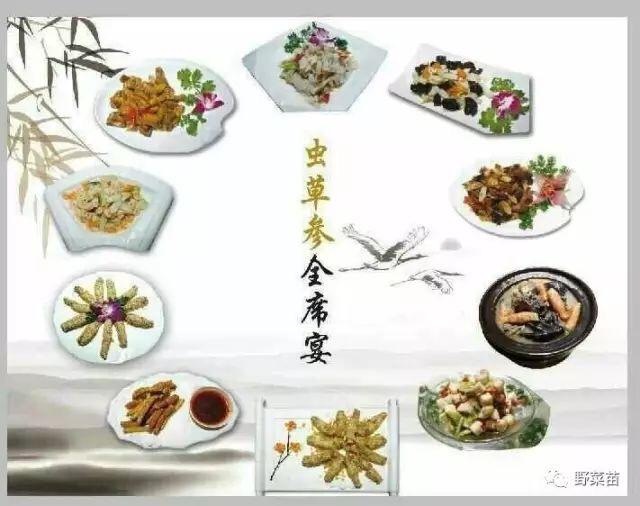
Wild vegetable treasures: Cordyceps ginseng whole banquet and small wild vegetables
4. Wild vegetables should not be eaten too much. Wild vegetables are generally less polluted and do have a unique flavor, which can be described as natural food, but pay attention to moderation in everything, excessive consumption of wild vegetables, due to the cold nature of most wild vegetables, easy to cause diseases such as spleen cold and stomach deficiency.
5. Bitter wild vegetables should not be eaten too much. Bitter wild vegetables have a bitter and cool taste, which has the effect of detoxifying and dispelling fire, but it can be eaten too much and damage the spleen and stomach.
6. You can't eat wild vegetables that have been kept for a long time. Wild vegetables had better be picked and eaten now. Wild vegetables that have been kept for a long time are not only not fresh, but also have less nutrients and taste very bad.
7. Don't eat contaminated wild vegetables. The air near the suburban chemical plants is not good, the wild vegetables are easy to absorb lead and other compounds, and the wild vegetables near the waste water often contain toxins, which are not suitable for consumption.
8. Wild vegetables that need to be soaked: some wild vegetables, such as yam and garlic, are slightly poisonous, without soaking, causing general discomfort after eating. Before cooking, this kind of wild vegetables must be soaked in clean water for more than two hours for detoxification.
What is the prospect of planting wild vegetables
1. With the continuous improvement of people's living standards, wild vegetables, which used to symbolize a hard life, are now favored by people, such as hearty vegetables, Artemisia annua, ground ginseng, shepherd's purse, bitter herbs and so on. They are not only popular goods on the dinner table of citizens, but also are often listed as the first choice of vegetables by hotel restaurants.
2, wild vegetables are very popular, first, because they are rich in nutrition, can prevent and cure diseases, and have better health care functions; second, because wild vegetables have strong disease resistance and insect resistance, and they seldom use chemical fertilizers and pesticides in the process of planting. It keeps the characteristics of pollution-free and pure quality of wild vegetables; third, it conforms to the consumption tide of returning to nature quietly rising in the city. Wild vegetables can be directly listed as green pollution-free vegetables, it not only caters to people's fresh psychology, but also meets the requirements of people to eat "relaxed vegetables".
3. There is a great prospect for planting wild vegetables. Due to the large market demand and good economic benefits, farmers in many places have invited wild vegetables into their contracted land for artificial cultivation. Now the cultivation of wild vegetables has developed from open-field cultivation to greenhouse-covered cultivation, so that the supply of wild vegetables, which can only be listed in a short period of time, has been postponed in advance to all seasons of the year. For example, the Lusiyuan Cooperative in Yuncheng County, Shandong Province has set up a Wild vegetable Research Institute to steadily promote the production of ginseng, heart-saving cabbage, bitter purse and shepherd's purse, while increasing the cultivation research on chestnut ginseng, red fruit Jerusalem artichoke, Artemisia annua, Fructus Artemisia, Malantou and so on, in order to meet the consumption demand of wild vegetables of urban and rural residents and hotel restaurants, and provide farmers with ways to get rich.
The original ecological planting model of a wild vegetable planting base in Shandong Province
- Prev

Do you know the choice of soil for farmers to grow vegetables, green onions and the number of times they cultivate soil?
Farmers who have planted green onions should know that green onions have a strong adaptability to the soil, whether sandy loam or clay loam can be cultivated, but sandy loam.
- Next
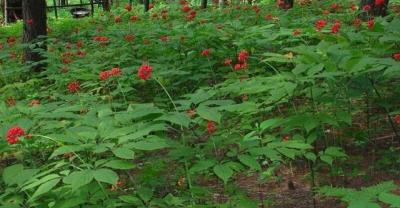
Konjac planting 100 questions and answers
Hello, do you have any konjac seeds? A: yes, our seeds have many varieties of flower konjac, white konjac and bulbous konjac. Which variety of konjac is better? ...
Related
- Fuxing push coffee new agricultural production and marketing class: lack of small-scale processing plants
- Jujube rice field leisure farm deep ploughing Yilan for five years to create a space for organic food and play
- Nongyu Farm-A trial of organic papaya for brave women with advanced technology
- Four points for attention in the prevention and control of diseases and insect pests of edible fungi
- How to add nutrient solution to Edible Fungi
- Is there any good way to control edible fungus mites?
- Open Inoculation Technology of Edible Fungi
- Is there any clever way to use fertilizer for edible fungus in winter?
- What agents are used to kill the pathogens of edible fungi in the mushroom shed?
- Rapid drying of Edible Fungi

